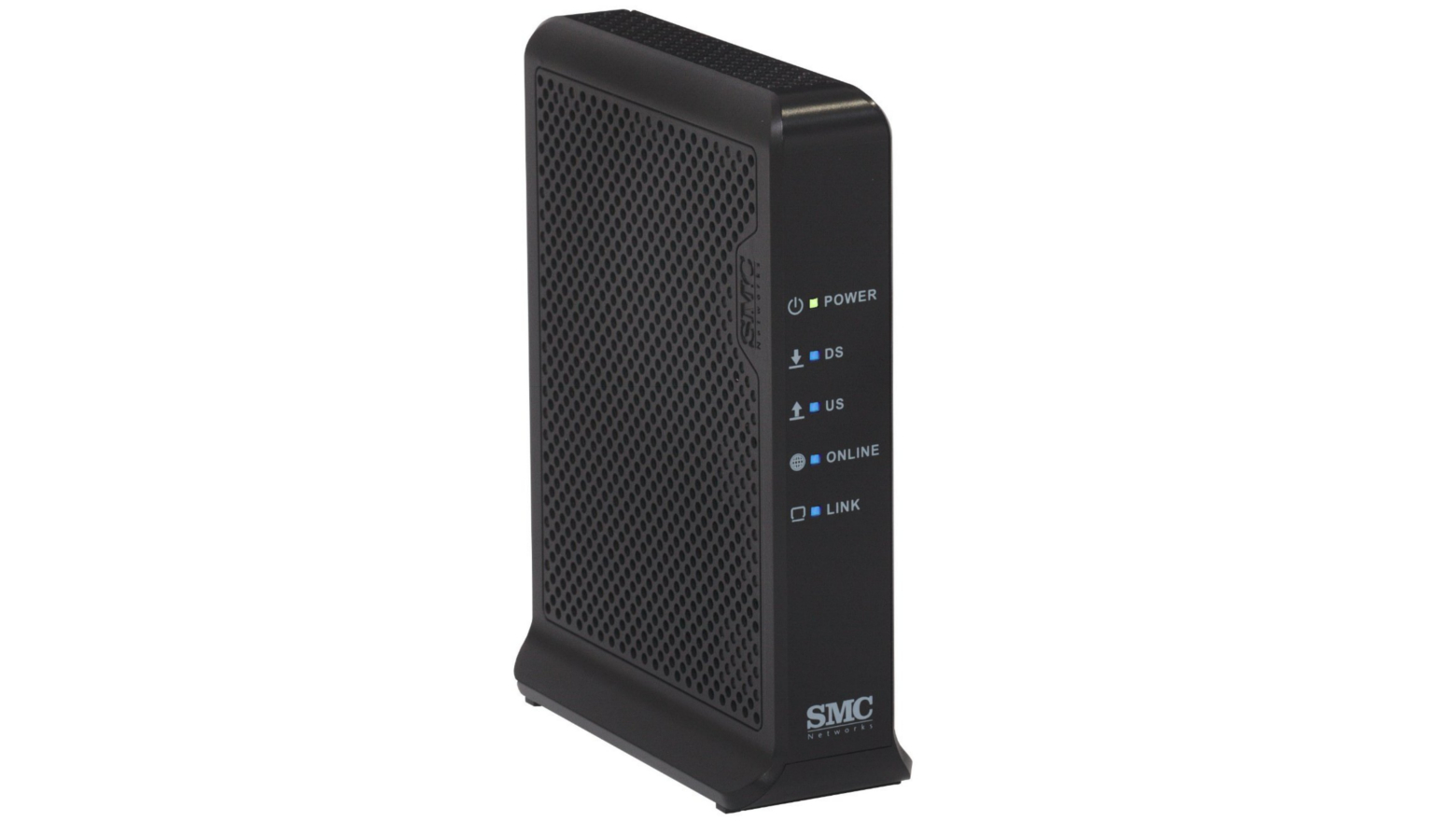
Malfunctions are not a common occurrence with modems, but since purchasing your own means you don’t get a warranty through your cable provider anymore, the warranty is good to have in case anything goes wrong. A warranty is useful, because a company will typically replace a modem if it stops working due to defects. Warranty: Most modems come with a one- or two-year limited warranty that covers any catastrophic failure.We don’t recommend 8×4 or 4×4 modems, because ISPs are phasing out support for those older models, even on lower-speed plans. Our top picks will work for any plan up to 600 Mbps. If your internet plan is over 300 Mbps, you need a 24×8 modem or better. If you have service ranging from 100 to 300 Mbps, a 16×4 modem will be enough. The average internet speed in the US is around 180 Mbps, and the fastest cable tier most major ISPs offer is between 100 and 1,000 Mbps (aka gigabit). The right cable modem is the one with the right number of channels for your service tier. This means that if the ISP offers only 16 downstream channels in your area, using a 24×8 modem won’t improve performance. With DOCSIS 3.0, the more channels your modem has, the faster the speed, provided your ISP supports those channels. Modem channels appear on the box as a number, such as 16×4, 24x8, or 32×8. Channels: Channel bonding refers to the number of downstream (for downloading) and upstream (for uploading) channels your modem can access.If you’re lucky enough to live in an area where you can choose from multiple ISPs, the capability to bring your modem from one provider to another is a nice bonus. The first thing to do is to check your ISP’s approved-modem list-here’s where to check for Comcast, Spectrum, Cox, Sparklight/Cable One, Mediacom (PDF), and WOW (PDF).

A modem either works with your ISP or doesn’t.



 0 kommentar(er)
0 kommentar(er)
